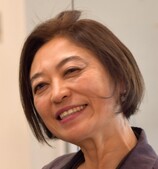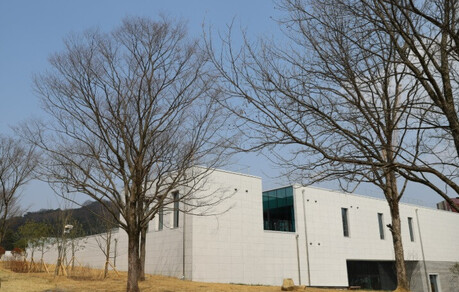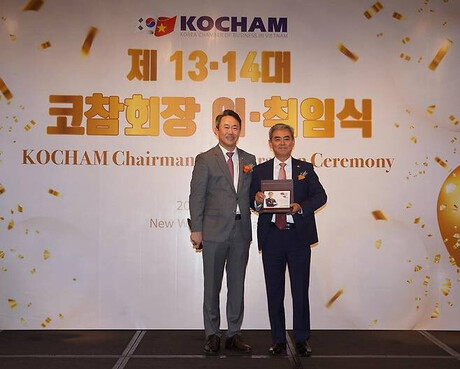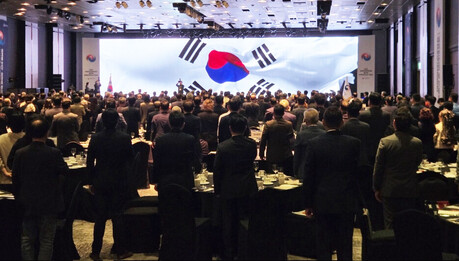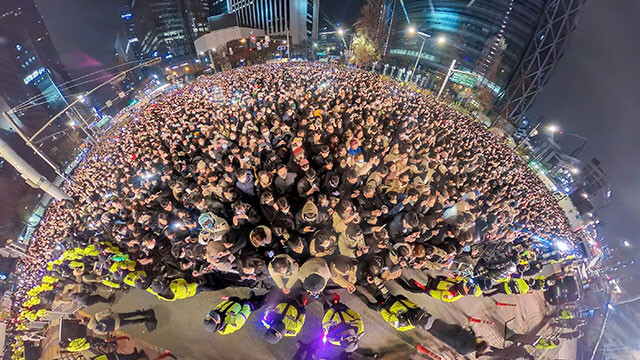
Crowded spaces are inherently dangerous due to the lack of room for individuals to move freely. This can lead to chaotic situations where people become entangled, making it difficult to maintain order. In such scenarios, the risk of accidents increases significantly, especially during festivals or rallies where large crowds gather. However, recent research has revealed that crowd movement in public squares is governed by specific physical laws.
Research Findings
A study conducted by researchers at the École Normale Supérieure de Lyon in France has discovered that when crowd density exceeds four people per square meter, a circular vortex motion begins to form. This phenomenon was observed during the annual San Fermín festival in Pamplona, Spain, where thousands of people gather in the city square. The researchers analyzed video footage from the festival over several years and found that once the crowd density reached a certain threshold, spontaneous oscillations began to occur. These oscillations grew larger over time, eventually leading to the formation of large groups moving in opposite directions. The researchers also found that the oscillations followed a regular pattern, with the cycle becoming faster as the density increased.
Implications
The findings of this study have significant implications for crowd management and safety. By understanding the patterns of crowd movement, it becomes possible to identify potentially dangerous situations before they escalate. This information can be used to develop strategies for preventing accidents and ensuring the safety of people in crowded spaces.
Expert Commentary
Experts in the field have praised the study for its contribution to our understanding of crowd dynamics. According to Professor Iker Zuriguel, one of the study's authors, the discovery of periodic patterns in crowd movement allows for the identification of dangerous situations before they become critical. This information can be used to take preventive measures and avoid potential disasters.
Conclusion
The study of crowd dynamics is a crucial area of research that can help us better understand and manage crowds in public spaces. By applying the findings of this study, we can develop more effective strategies for ensuring the safety of people in crowded environments.
[Copyright (c) Global Economic Times. All Rights Reserved.]















